Chihuahuas, one of the smallest dog breeds, have unique dietary needs due to their size and metabolic rate. Proper nutrition is vital for their health, and portion control is essential to prevent obesity, which can lead to serious health issues.
1. Understanding a Chihuahua’s Dietary Needs
Chihuahuas require a balanced diet rich in proteins, carbohydrates, fats, vitamins, and minerals. High-quality protein supports muscle health, while carbohydrates provide energy. Fats maintain healthy skin and coat, and essential micronutrients support overall health.
2. Determining the Right Amount of Food
a. Puppy Feeding
Chihuahua puppies grow rapidly and require more calories per pound of body weight compared to adults.
- Under 3 months: Feed them 4-5 small meals a day.
- 3-6 months: Transition to 3 meals a day.
- Over 6 months: Move to 2 meals a day.
Puppies generally eat around 1/2 to 1 1/3 cups of food per day, depending on the food’s caloric content.
b. Adult Feeding
Adult Chihuahuas need a well-balanced diet to maintain their health.
- Adults: Typically, 1/4 to 1/2 cup of high-quality dry food twice a day, adjusted for activity level and metabolism.
3. The Role of Activity Level in Feeding
An active Chihuahua will require more calories than a less active one. Monitor your dog’s weight and adjust their food intake accordingly.
a. Caloric Content and Food Types
Different types of food have varying caloric densities.
- Dry Kibble: Usually more calorie-dense.
- Wet Food: Often less calorie-dense and may require larger portions.
Choose a diet that fits your Chihuahua’s needs and follow the feeding guide on the food packaging as a starting point.
4. Frequency and Timing of Meals
Consistent feeding times help regulate your Chihuahua’s digestion and energy levels.
- Puppies: Multiple small meals throughout the day.
- Adults: Two meals a day, typically morning and evening.
5. Estimating Monthly Food Costs for a Chihuahua
The cost of feeding a Chihuahua can vary based on the type of food and where you live.
- Economy Brands: Approximately $10-$20 per month.
- Premium Brands: Around $20-$40 per month.
- Specialty or Prescription Diets: Can exceed $50 per month.
6. Balancing Cost and Quality
Investing in high-quality food can lead to better health and fewer vet visits, potentially saving money in the long run.
7. Monitoring Your Chihuahua’s Health Through Diet
A well-fed Chihuahua should have a lean body, good energy levels, and a shiny coat. Regular check-ups will help ensure their diet is meeting their needs.
8. Adjusting Portions as Your Chihuahua Ages
As Chihuahuas age, their dietary needs will change. Senior dogs often require fewer calories and may benefit from specially formulated senior foods.
Our 5 Top Foods for Chihuahuas
The diets were selected by our founder Justin Palmer, a certified canine nutrition expert, specifically with Chihuahuas in mind:
Conclusion
Feeding your Chihuahua the correct amount of food is a delicate balance that must take into account their size, age, and activity level. Start with the recommended amounts and adjust as needed to maintain optimal health. Remember to consult your vet, especially when making significant changes to your dog’s diet or if you have any concerns about their health and nutrition.
Frequently Asked Questions About Feeding a Chihuahua
1. How often should I feed my Chihuahua puppy?
Chihuahua puppies should be fed three to four times a day to accommodate their fast metabolism and to support their growth and development. As they grow older, the frequency can be reduced. By the time they reach adulthood, around one year of age, they should be transitioned to two meals per day.
2. What type of food is best for Chihuahuas?
The best food for Chihuahuas is a high-quality, breed-specific formula that caters to their unique size and energy needs. Whether you choose dry kibble or wet food, ensure it is formulated for small breeds and meets the nutritional levels established by the AAFCO.
3. Can Chihuahuas eat human food?
While Chihuahuas can eat some human foods as treats or supplements to their diet, it’s important to avoid foods that are toxic to dogs, such as chocolate, grapes, and onions. Always introduce new foods gradually and in moderation, and consult your vet if you’re unsure.
4. How much should an adult Chihuahua eat per day?
An adult Chihuahua typically requires about 1/2 to 1 1/3 cups of dry dog food per day, divided into two meals. However, this amount varies based on the dog’s activity level, age, and the calorie content of the food. It’s essential to monitor your dog’s weight and adjust portions as necessary.
5. How do I know if I’m feeding my Chihuahua too much?
Signs of overfeeding include weight gain, lethargy, and difficulty feeling the ribs due to excess fat. If your Chihuahua is gaining weight, consult your veterinarian for a tailored feeding plan, and consider reducing portion sizes and increasing exercise.
6. What should I do if my Chihuahua is a picky eater?
For a picky Chihuahua, try mixing a small amount of wet food with their dry kibble to enhance the flavor. Ensure the food is fresh and at room temperature, as some dogs can be sensitive to the temperature of their food. You can also consult a vet to rule out any underlying health issues.
7. How can I prevent my Chihuahua from becoming overweight?
Prevent your Chihuahua from becoming overweight by measuring their food portions accurately, limiting treats, and ensuring they get regular exercise. Adjust their food intake based on their activity level and consult with your vet to establish a diet plan if necessary.
8. Are there any special dietary considerations for senior Chihuahuas?
Senior Chihuahuas may require diets lower in calories but higher in fiber to aid digestion. They may also benefit from foods that support joint health and contain supplements like glucosamine. Always choose a food formula appropriate for their life stage and consult your vet for recommendations.
9. Can I feed my Chihuahua a raw diet?
Feeding your Chihuahua a raw diet can be done, but it requires careful planning to ensure it is nutritionally balanced. If you’re considering a raw diet, consult with a veterinarian or a canine nutritionist to ensure all of your dog’s dietary needs are met.
10. How much will it cost to feed my Chihuahua each month?
The monthly cost of feeding a Chihuahua will vary depending on the type and quality of food. Economy brands may cost around $10-$20 per month, while premium brands can range from $20-$40. Specialty or prescription diets may cost over $50 per month.
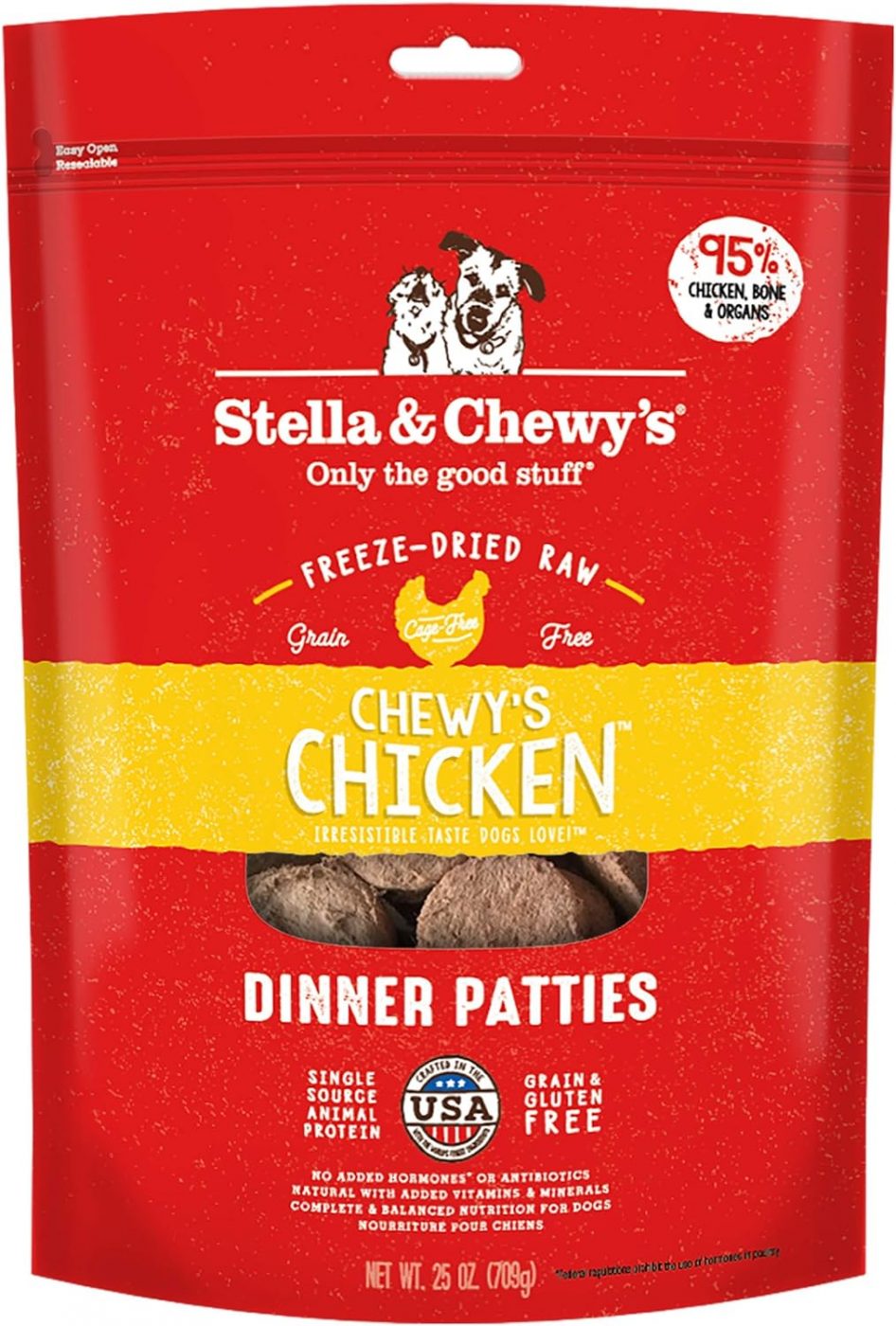
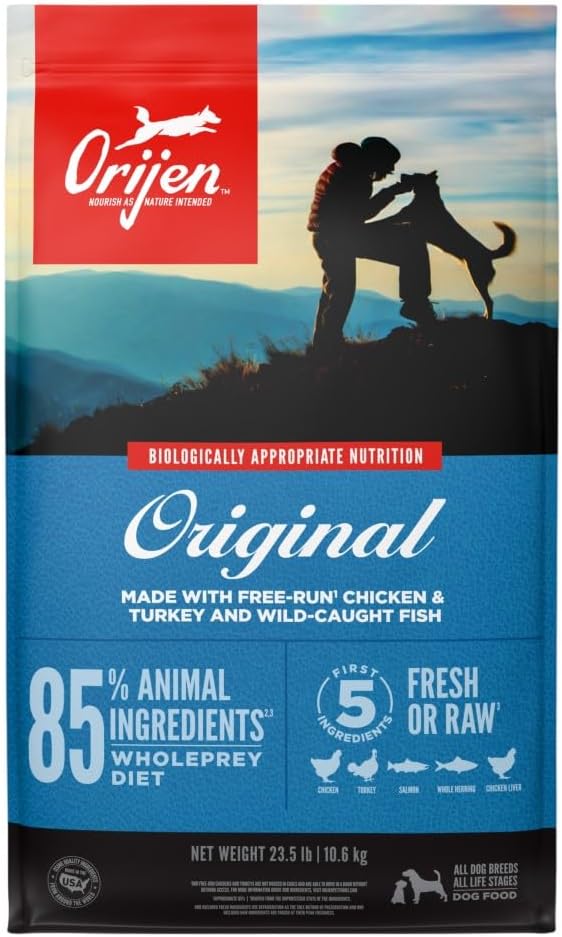
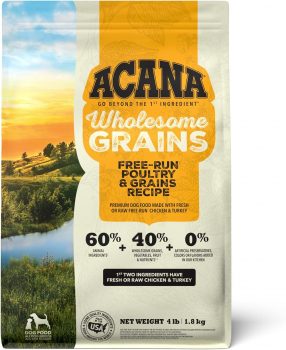
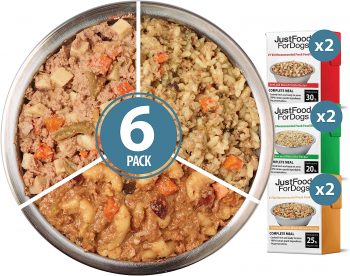
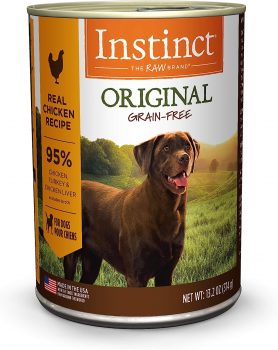

 Toledo, United States.
Toledo, United States.